October 29, 2025
Data Shows Endangered Palau Ground Doves Swiftly Recovering After Successful Palauan Island Conservation Effort
Astounding evidence of recovery on Ulong Island in Palau after just one year!
Published on
July 15, 2019
Written by
Emily Heber
Photo credit
Emily Heber

Warning: Graphic photographs. Viewer Discretion is Advised.
Marion Island is a remote, sub-antarctic island where most people would imagine humans have had no real, lasting impact. However, humans have had a drastic impact on Marion and similar islands through the intentional and unintentional introduction of invasive species.
Marion, like many islands around the world, hosts a variety of seabirds—28 species including four species of Albatross which are all globally threatened to some extent. Thomas Peshak, a National Geographic Photographer, visited Marion a few years back and although he had heard of the threat that invasive mice posed to these species, he could have never imagined what he was about to see.
All of a sudden in this landscape of black and green and gray there is this red that pops out at you all of a sudden. And you’re just going, “Well, what is that?” You come around this boulder and you are literally looking at a bird that has been scalped. The entire back of its head and the entire neck has been eaten away.And that’s how you find the gruesome evidence of one of the most critical conservation crises that are facing seabirds.” explained Peschak.
The culprit—invasive mice.
Invasive mice were introduced to Marion by seal hunters in the 1800s and for almost two centuries the cold, harsh winters kept the population at a low density allowing seabirds to thrive. In the early 2000s, the winters on Marion began to get warmer and more mice would survive through winter. Without the summer food sources, mice turned to seabirds which have never evolved any defense responses to mice making them susceptible and evolutionarily naive.
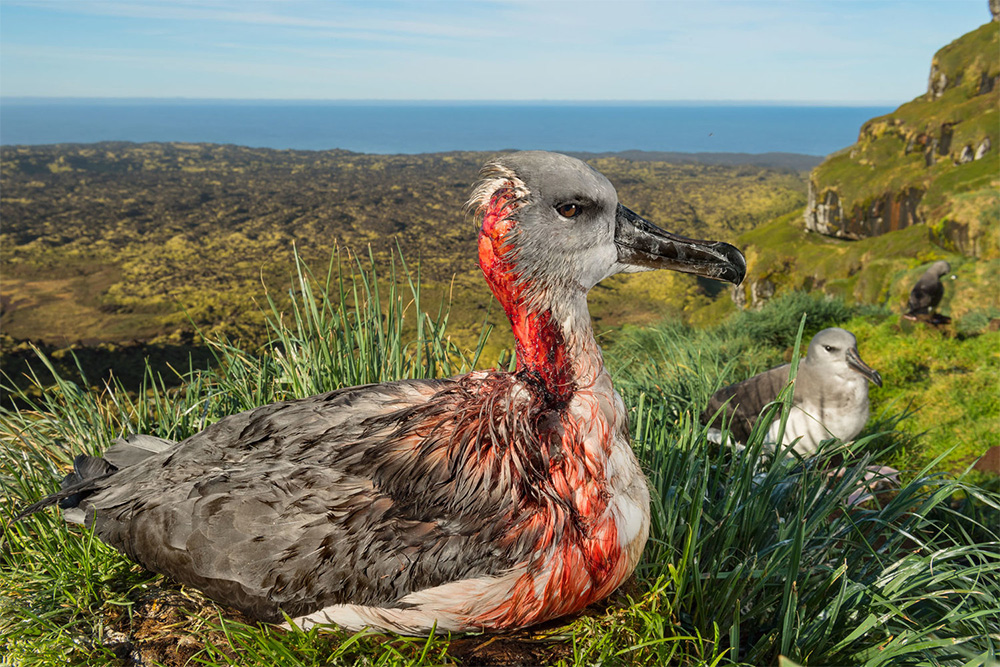
Luckily, conservationists know exactly how to restore Marion—remove invasive mice. Although this project has its own set of challenges, it is a solution that has been proven on hundreds of islands around the world. Holly Jones, a professor at Northern Illinois University who studies the impact of invasive species removal on islands, explained:
..there’s no silver bullet in conservation. But if there was one, invasive mammal eradication on islands would be it.
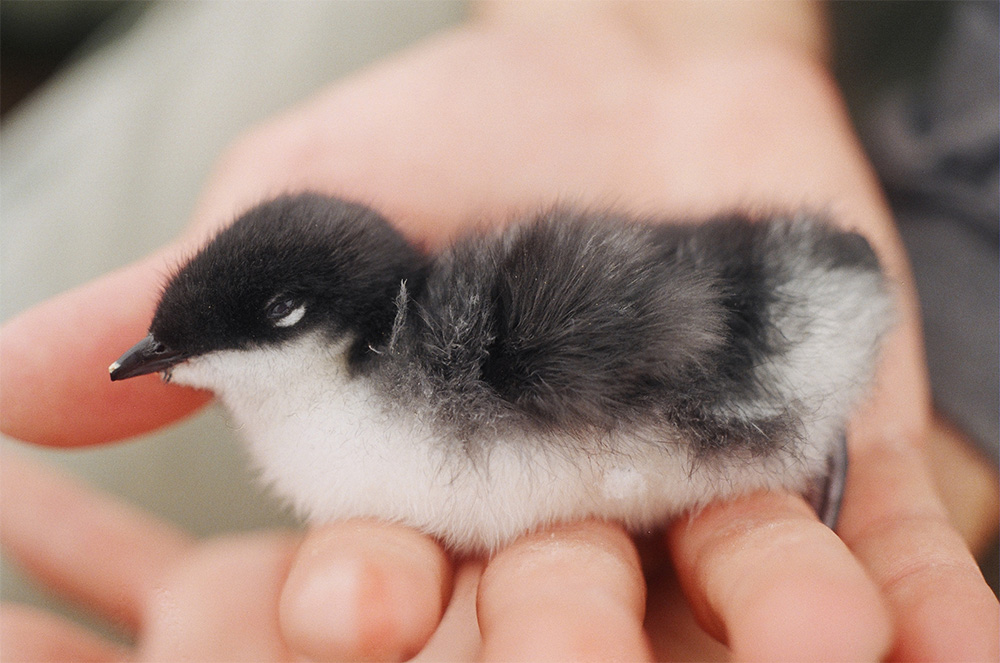
Jones has been able to see first hand how an island can be transformed through the removal of invasive species. On Anacapa Island, where Island Conservation and our partners removed invasive rats in 1999, Holly recalls the dramatic recovery saying:
In the case of the Anacapa Island rat eradication. Birds stopped just being limited to sea caves and they started sort of nesting in other places. And birds that had never even been documented nesting on the island started nesting on the islands.”
One day Marion Island will be free of invasive mice and will have the chance to recover as Anacapa and other islands around the world have due to the removal of invasive species.
Listen to the Overheard podcast:
Featured photo: A Wandering Albatross near Port Fairy, Australia. Credit: Ed Dunens
Source: Overheard National Geographic
Check out other journal entries we think you might be interested in.

October 29, 2025
Astounding evidence of recovery on Ulong Island in Palau after just one year!
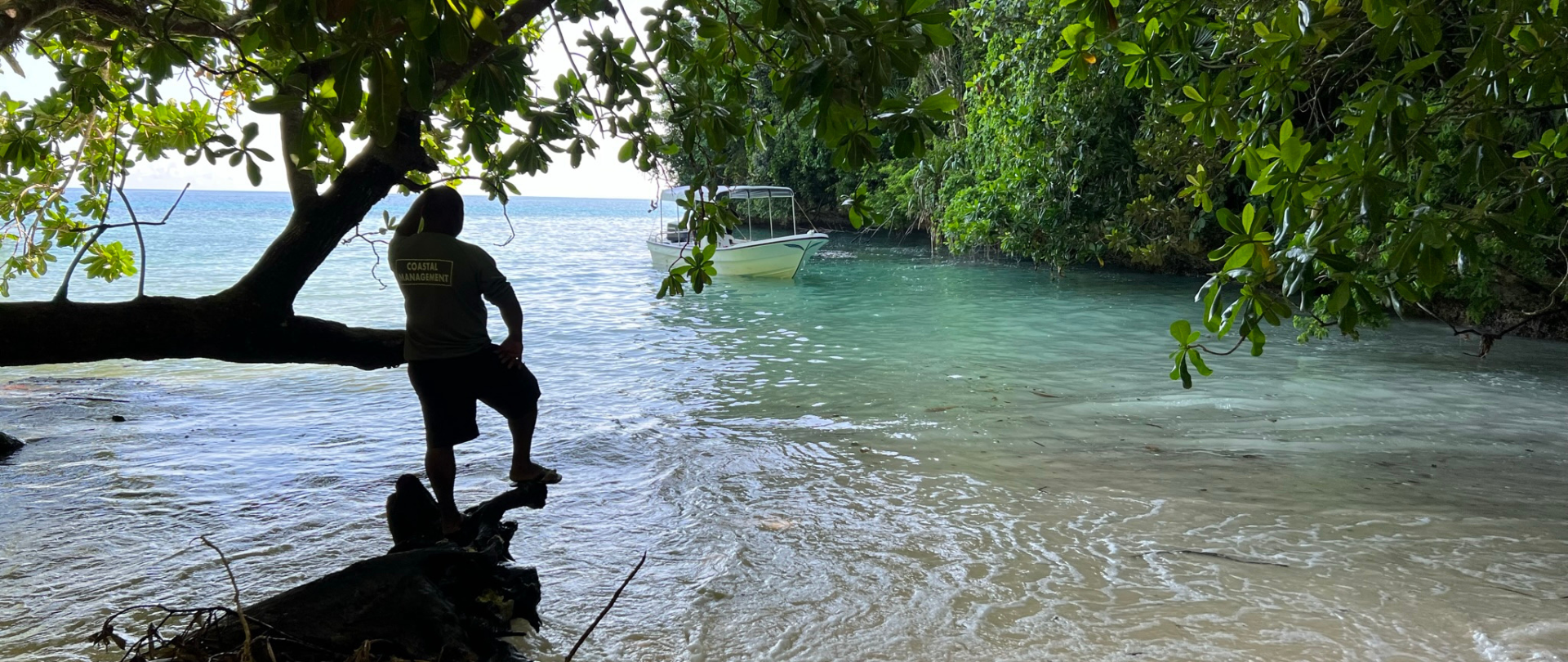
May 19, 2025
Read our position paper on The 3rd United Nations Ocean Conference (UNOC 3) to see why we're attending and what we aim to accomplish!
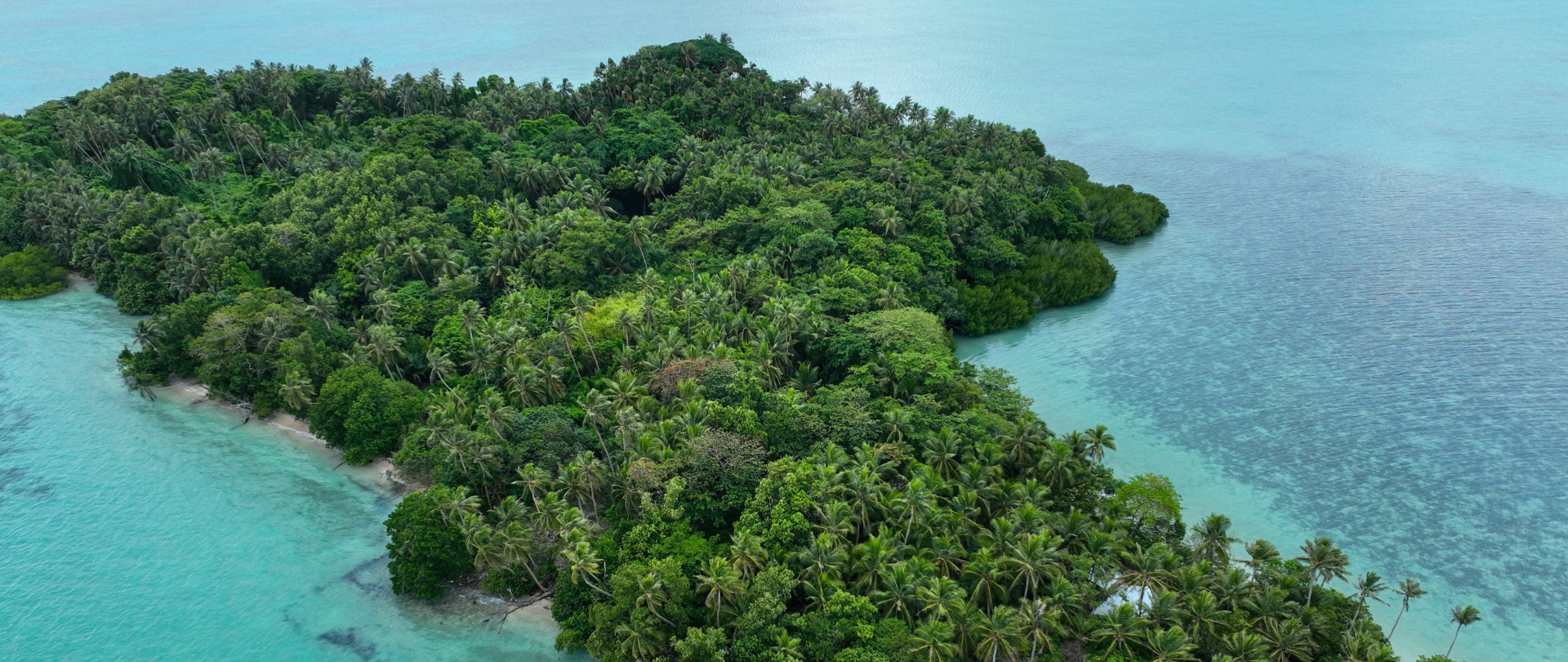
December 4, 2024
Ann Singeo, founder of our partner organization the Ebiil Society, shares her vision for a thriving Palau and a flourishing world of indigenous science!
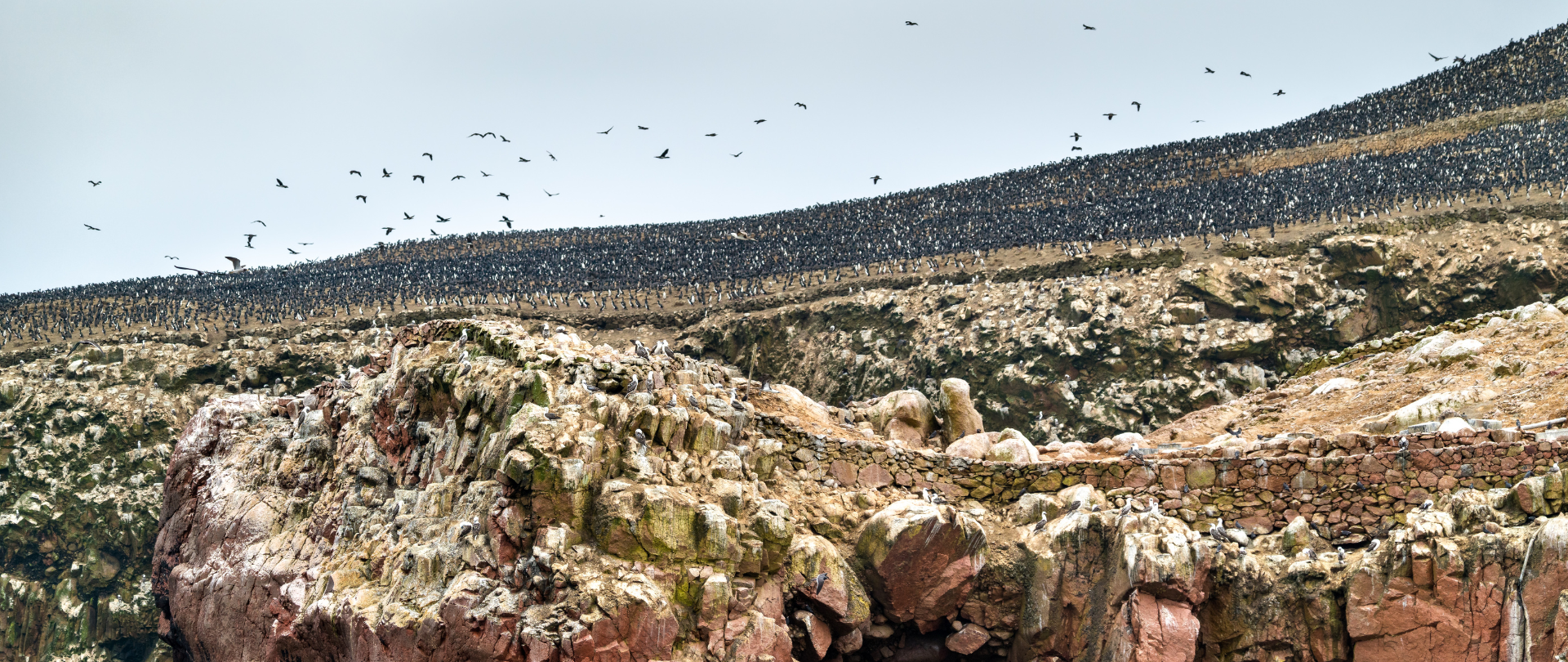
November 22, 2024
This historic agreement aims to protect the marine and coastal areas of the Southeast Pacific.
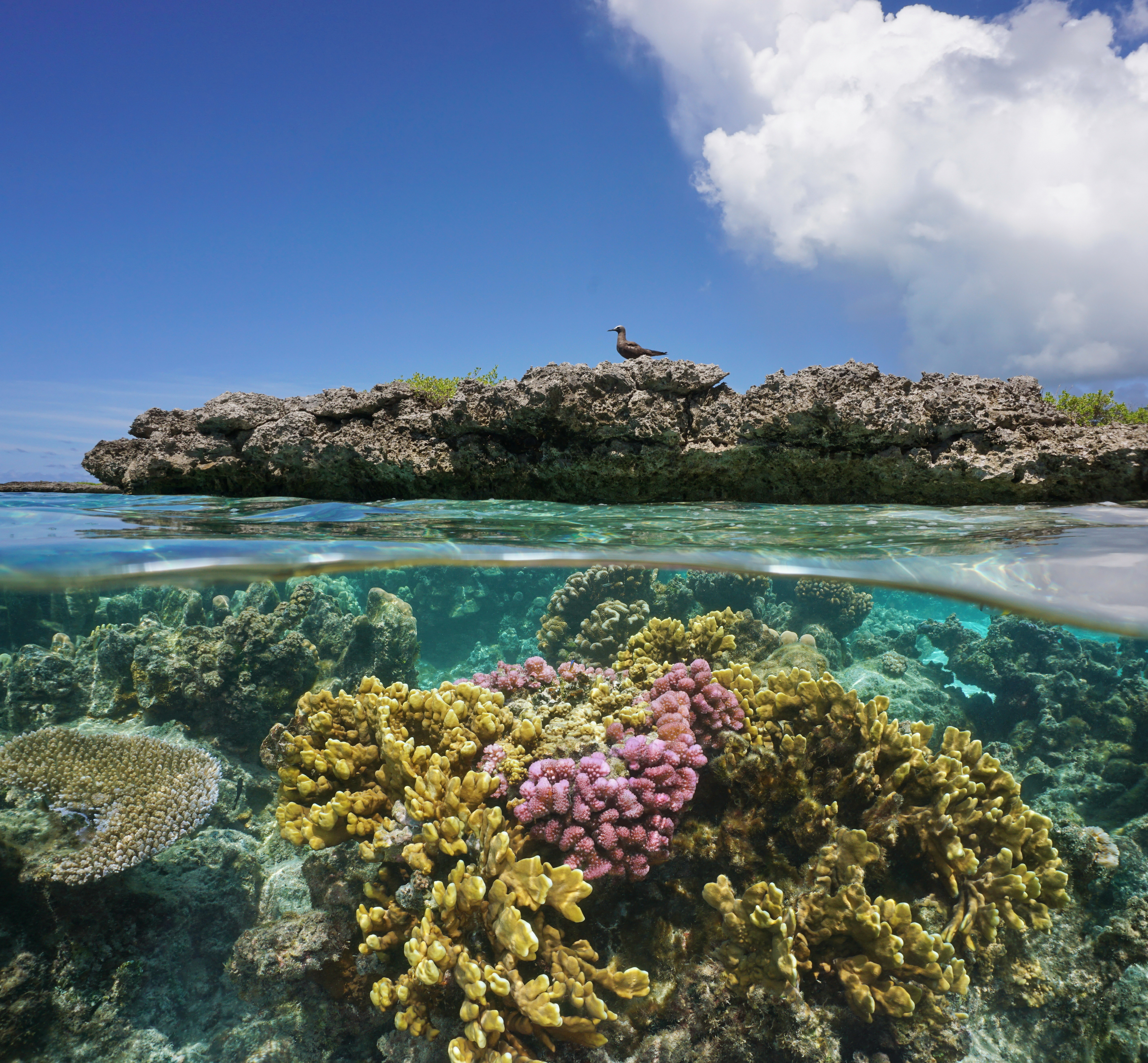
November 18, 2024
Our projects to restore key islets in Nukufetau Atoll forecast climate resilience and community benefits in Tuvalu!
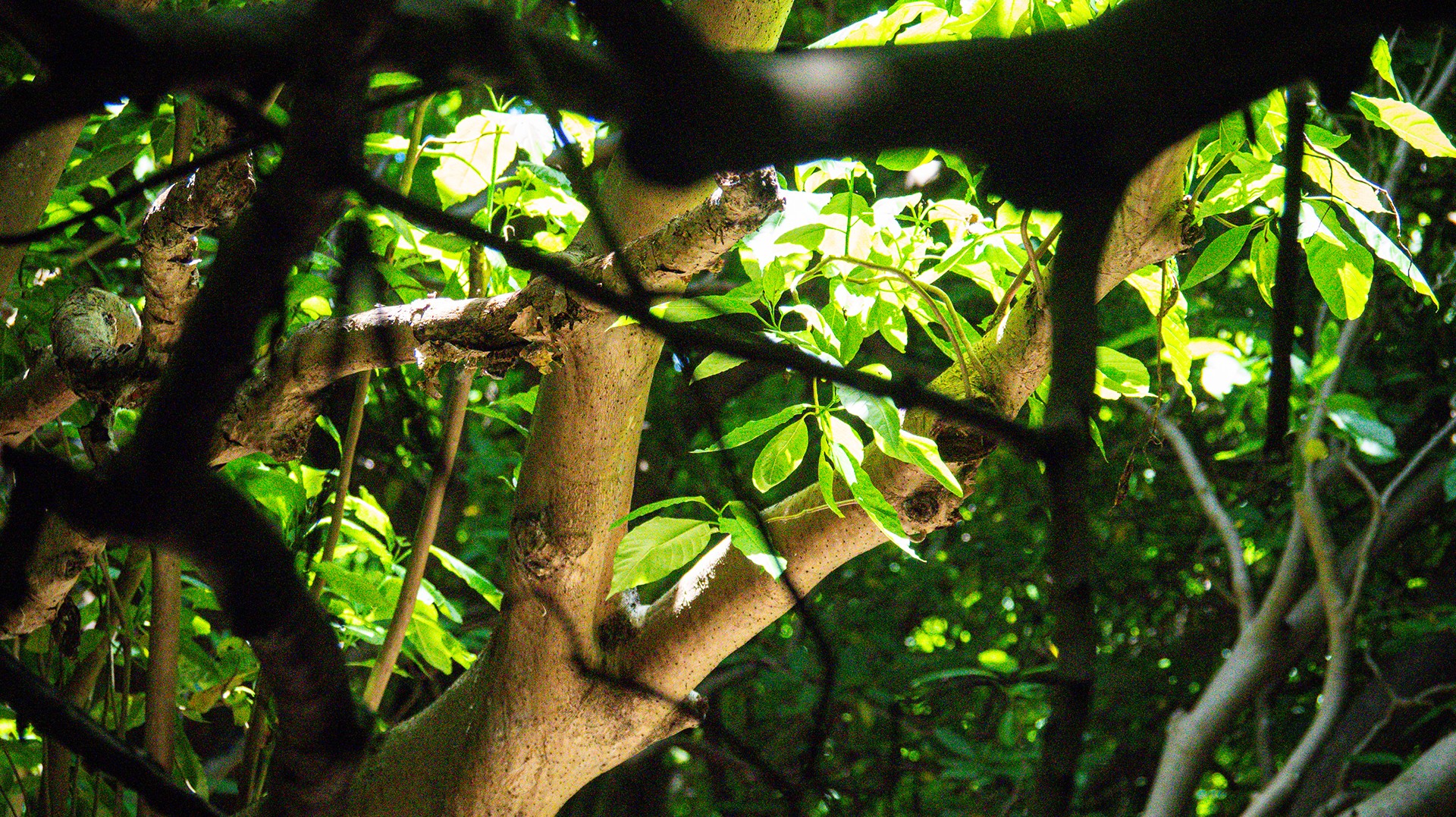
October 3, 2024
Island Conservation and partners have published a new paper quantifying ecosystem resilience on restored islands!
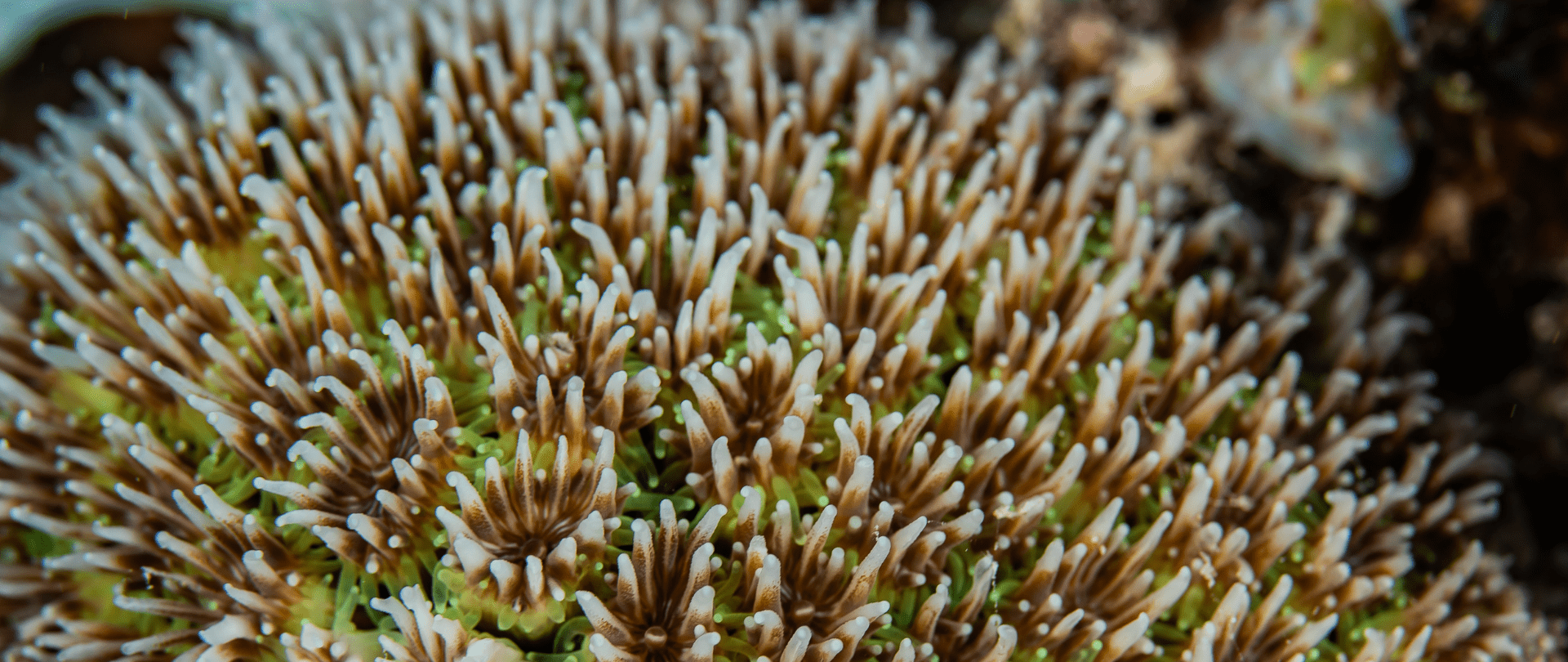
September 10, 2024
Climate Week NYC: what is it and why is it important? Read on to find out why Island Conservation is attending this amazing event!
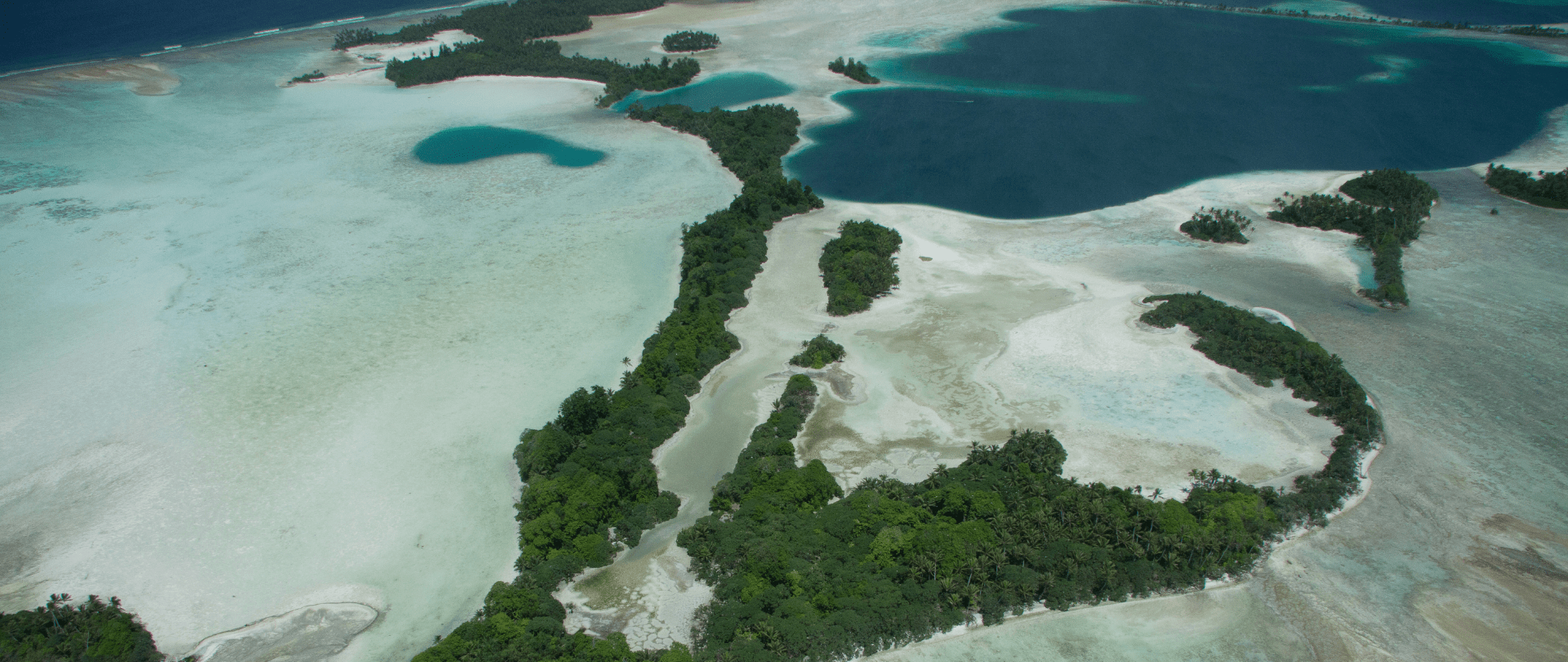
September 5, 2024
With sea levels on the rise, how are the coastlines of islands transforming? Read on to find out how dynamic islands really are!
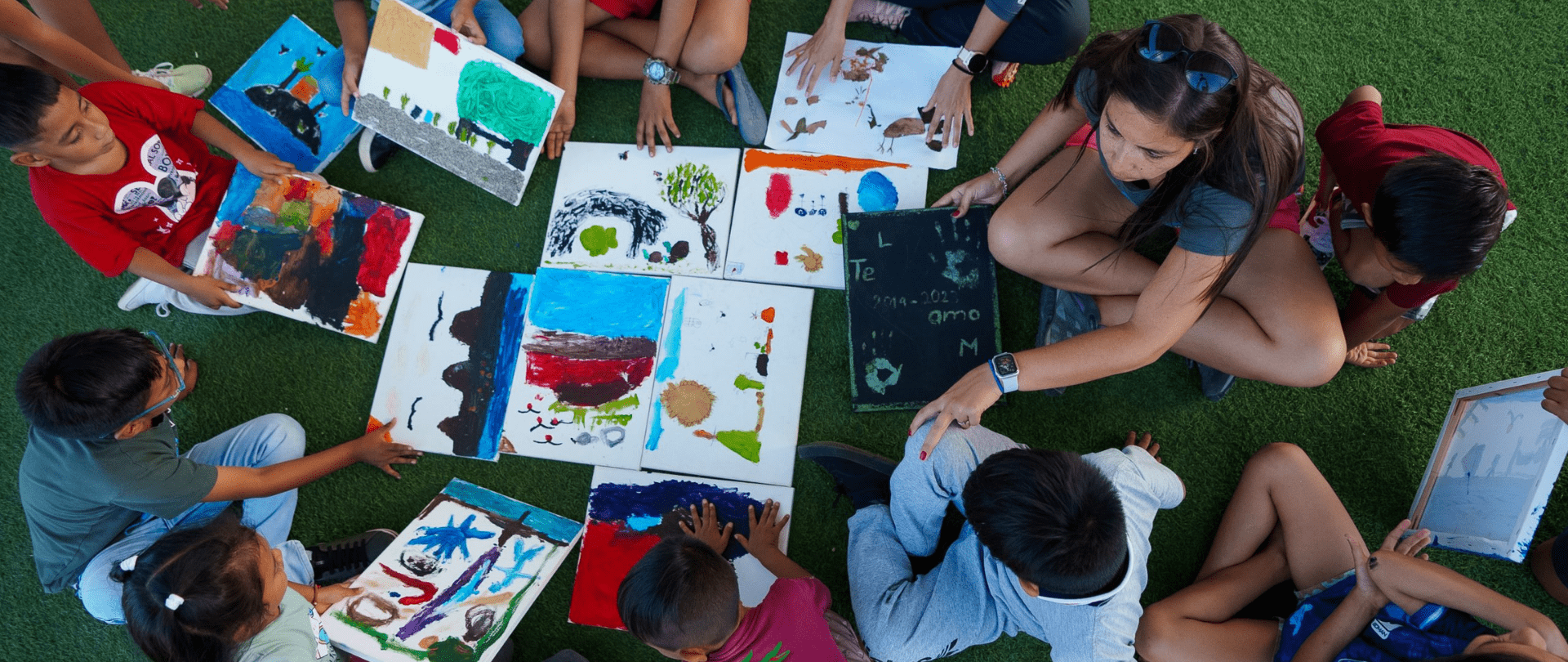
December 14, 2023
Join us in celebrating the most amazing sights from around the world by checking out these fantastic conservation photos!
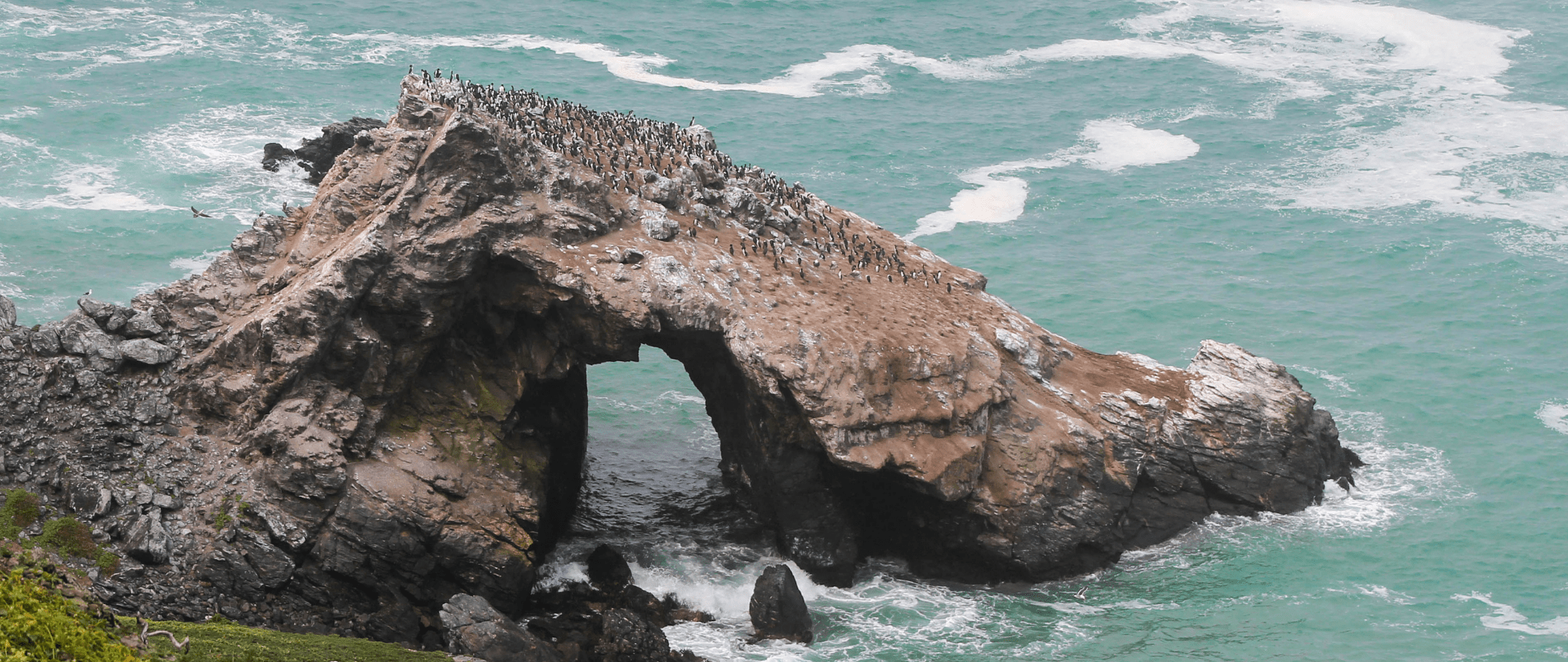
November 28, 2023
Rare will support the effort to restore island-ocean ecosystems by engaging the Coastal 500 network of local leaders in safeguarding biodiversity (Arlington, VA, USA) Today, international conservation organization Rare announced it has joined the Island-Ocean Connection Challenge (IOCC), a global effort to…